HEARING AIDS
Bone Conduction Hearing Aids: A Clear Guide for Better Hearing
By Team Hearzap | Oct. 22, 2025
Introduction
When you think of hearing aids, you probably imagine the tiny devices that sit inside or behind your ears. But for people with certain types of hearing loss, especially those with ear canal problems or one-sided deafness, there’s another option of bone conduction hearing aids.
Ever wondered how you could hear without actually using your ears? That’s exactly what bone conduction hearing aids do.
Instead of sending sound through your ear canal, they pass it through the bones in your head, straight to the inner ear. It might sound unusual, but for many people, it’s the clearest way to hear.
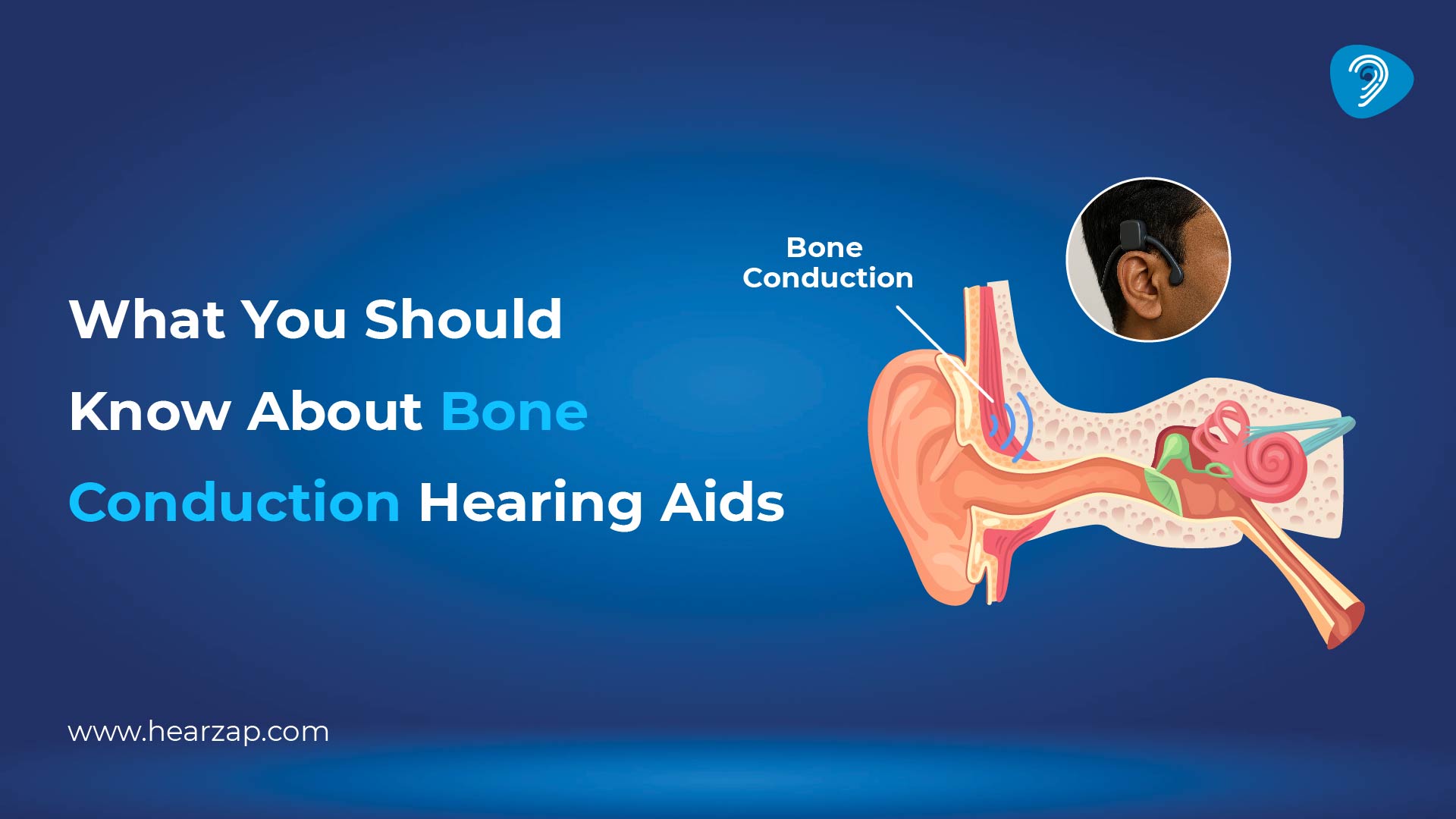
So what exactly is a bone conduction hearing aid?
It’s a device that bypasses the outer and middle ear completely. Instead of amplifying sound the usual way, it sends gentle vibrations through the bones of your skull. These vibrations reach the inner ear, where sound is processed. This makes it an ideal option for people with chronic ear infections, closed ear canals, or specific types of hearing loss that don’t respond well to regular hearing aids.
You wear it on the side of your head, either attached to a soft band or surgically implanted into your skull, depending on the type. It picks up sound from the outside world, turns it into vibrations, and delivers those vibrations straight to your cochlea (the hearing part of your inner ear).
It’s hearing, without needing to use your ear at all.
How Do Bone Conduction Hearing Aids Work?
The science behind bone conduction hearing aids is surprisingly simple yet fascinating. The device has three main parts:
- Microphone: Captures surrounding sounds.
- Processor: Converts these sounds into vibrations.
- Transducer or vibrator: Sends these vibrations directly through the skull bone to the inner ear.
When sound waves reach the inner ear (cochlea), they are processed in the same way as any other sound, allowing the brain to interpret them as sound, thereby enabling hearing.
There are both surgical and non-surgical options for bone conduction hearing aids available today.
- The non-surgical bone conduction hearing aid is worn behind the ear, held in place by a soft headband or a magnetic pad.
- The surgical one involves a small titanium implant that connects directly to the skull bone, improving sound clarity and comfort.
This direct route avoids the damaged or blocked parts of the ear, making it a life-changing solution for many users.
Benefits of Bone Conduction Hearing Aids
The advantages of bone conduction hearing aids extend beyond improved hearing; they also enhance confidence, communication, and overall comfort in everyday life.
1. Natural Sound Perception
Since vibrations reach the inner ear directly, sounds feel clearer and more natural. This helps users distinguish speech even in noisy places like classrooms or restaurants.
2. Comfort for Sensitive Ears
People with chronic ear infections or ear canal sensitivity often find traditional hearing aids uncomfortable. Bone-based systems eliminate this issue entirely.
3. Freedom from Ear Blocks
There’s no device blocking the ear canal, so users can experience open-ear comfort and reduced sweating or irritation.
4. Excellent for Children and Active Users
Because of their stability and non-intrusive design, ear bone hearing aid devices are suitable for children and those who enjoy sports or outdoor activities.
5. Customisable and Discreet Options
Modern bone anchored hearing aid devices come in various designs - some use magnetic attachments, while others are surgically anchored for better performance and aesthetics.
These devices not only restore hearing but also enhance the quality of daily interactions, enabling users to engage confidently in conversations and various environments.
What Is a BAHA Hearing Aid?
You might’ve heard the term BAHA hearing aid. It stands for “Bone Anchored Hearing Aid.” It’s a brand name version of a bone anchored hearing device that uses the same bone conduction technology.
The main difference is that a BAHA is usually implanted surgically, so it stays in place more securely. It’s often chosen for long term use, especially when other options don’t work.
Who Is It For?
You may be a good candidate if you have:
- Conductive hearing loss (when sound can’t get through the outer or middle ear)
- Single-sided deafness (only one working ear)
- Chronic ear infections or other medical conditions that make traditional hearing aids hard to use
In these cases, a bone-anchored hearing aid gives you clear sound, without disturbing your ears or worsening any infections.
How It Feels to Use One
At first, it can feel a bit strange. The sound travels through vibrations, and that’s different from what most people are used to. But for many users, the clarity and comfort are worth it.
You don’t have to insert anything inside your ear, which also keeps your ear canal open and dry. That can be a big relief if you’ve struggled with discomfort or infections from other hearing aids.
Plus, people often say they hear better in noisy places, because bone conduction sends sound straight to the inner ear without getting lost in background noise.
Things to Know Before You Try It
- Not everyone is a candidate. You’ll need a hearing test and a proper fitting.
- Some bone conduction devices are worn on a headband, while others are implanted surgically.
- It may take a few days or weeks to adjust to the sensation.
- Modern models are light, discreet, and come with features like Bluetooth and app controls.
What’s a Bone Anchored Hearing Device?
A bone anchored hearing device is simply a general term for any hearing system that uses bone conduction. It includes BAHA systems and other similar devices. Some are non-surgical (worn with a softband), and others are implanted for a more permanent solution.
Limitations and Challenges
While bone conduction hearing aids are excellent solutions for certain types of hearing loss, it’s important to understand their limitations:
- Cost: The bone anchored hearing aid cost can be higher than traditional models, especially for surgically implanted versions.
- Surgery Risks: Though minor, surgical options involve healing time and aftercare.
- Cosmetic Concerns: Some users may find external processors visible or bulky.
- Maintenance: Regular cleaning and adjustments are necessary for optimal performance.
These devices aren’t for everyone, but for the right candidates, their benefits can far outweigh the challenges.
Bone Conduction Hearing Aids vs Traditional Hearing Aids
If your ear canal or middle ear is affected, bone conduction hearing aids provide a more effective path for sound, while traditional hearing aids are best for inner-ear (sensorineural) issues.
Who Should Consider Bone Conduction Hearing Aids?
You might be a candidate for a bone attached hearing aid if:
- You have chronic middle-ear infections or drainage that prevents wearing traditional aids.
- Your ear canal is blocked, malformed, or absent (atresia or microtia).
- You experience unilateral hearing loss (one good ear and one non-functional ear).
- You’ve undergone multiple ear surgeries or have scarring in the canal.
Audiologists may recommend a non-surgical bone conduction hearing aid as a trial option before moving to a permanent implant. Children, in particular, benefit from early use since it supports better speech and language development.
Cost and Availability
The bone anchored hearing aid cost in India or globally can vary widely based on type and brand. Here’s a general overview:
- Non-surgical models: ₹40,000 – ₹90,000
- Surgical implant systems: ₹1.5 lakh – ₹4 lakh (including surgery and processor)
Insurance coverage may apply in cases of congenital ear conditions or medical necessity. Always check with your audiologist or healthcare provider for brand options and payment flexibility.
Care and Maintenance Tips
A bone conduction hearing aid can last for years with the right care. Follow these practical tips to extend its life and performance:
- Clean daily: Wipe the outer unit gently with a dry, soft cloth.
- Avoid moisture: Even though modern devices are moisture-resistant, it’s best to remove them before swimming or showering.
- Check batteries or charging: Keep spare batteries handy and ensure proper charging routines.
- Schedule follow-ups: Visit your audiologist regularly to fine-tune the sound processor.
- Inspect magnets or connectors: For magnetic bone anchored hearing aid, make sure magnets align properly to avoid pressure marks.
Final Thoughts
It’s not just another gadget. A bone conduction hearing aid uses a completely different path to help you hear. For people who haven’t found success with traditional hearing aids, this can open a new door.
It might feel unusual at first. But if it means hearing clearly, feeling confident in conversations, and living more fully. It’s worth exploring.
If you think this might be the right path for you, talk to a hearing care expert at Hearzap. Call 9659455455 to schedule a free consultation. The right solution could be closer than you think.
Also Read: Conductive Hearing Loss: Symptoms, Diagnosis & Treatments
Mixed Hearing Loss: Signs, Causes & Treatment
FAQs
What is the success rate of bone-anchored hearing aids?
Most people who qualify for a bone-anchored hearing aid report strong results, especially those with single-sided deafness or chronic ear issues. The success depends on your hearing type and how well the device is fitted.
What’s the difference between a cochlear implant and a bone-anchored hearing aid?
A cochlear implant directly stimulates the auditory nerve for people with severe hearing loss. A bone-anchored hearing aid uses sound vibrations through the bone to reach the inner ear. They serve different types of hearing loss.
Are bone conduction hearing aids better?
They’re not better for everyone, but they’re better for some. People with ear canal damage, blockages, or single-sided hearing loss may hear much more clearly with bone conduction than with regular hearing aids.
Is bone conduction better than hearing aids?
It depends on your hearing condition. If you have normal inner ear function but trouble with your outer or middle ear, bone conduction may work better than traditional aids.
Can bone conduction headphones replace hearing aids?
No. While bone conduction headphones use similar technology, they’re not designed to treat hearing loss. Only medical-grade bone conduction hearing aids are built for that purpose.
Are bone conduction hearing aids painful to wear?
No. They’re designed for comfort. After a short adjustment period, most users forget they’re even wearing one.
Can children use bone conduction hearing aids?
Yes. In fact, many paediatric audiologists recommend bone hearing aid devices for children with congenital ear canal issues.
Do bone conduction hearing aids work for all types of hearing loss?
They’re best suited for conductive and mixed hearing loss, but not for profound sensorineural loss, where the cochlea is damaged.
How long do these devices last?
With good maintenance, they can last up to 7–10 years, depending on the model and care routine.
Do I need surgery for every bone conduction hearing aid?
No. You can start with non-surgical bone conduction hearing aid models before considering implantable ones.
Related Blogs
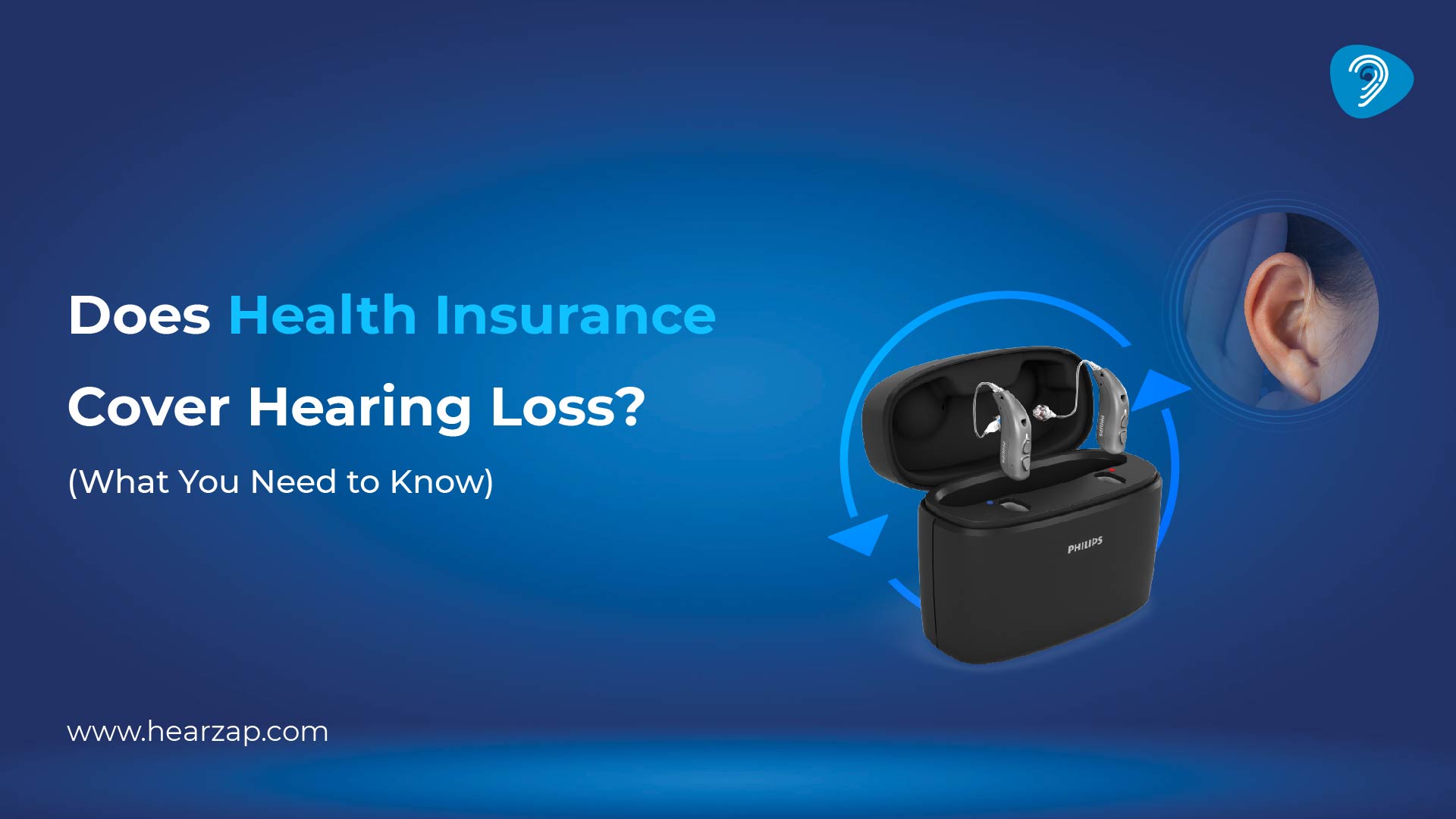
Does Health Insurance Cover Hearing Loss? What You Need to Know
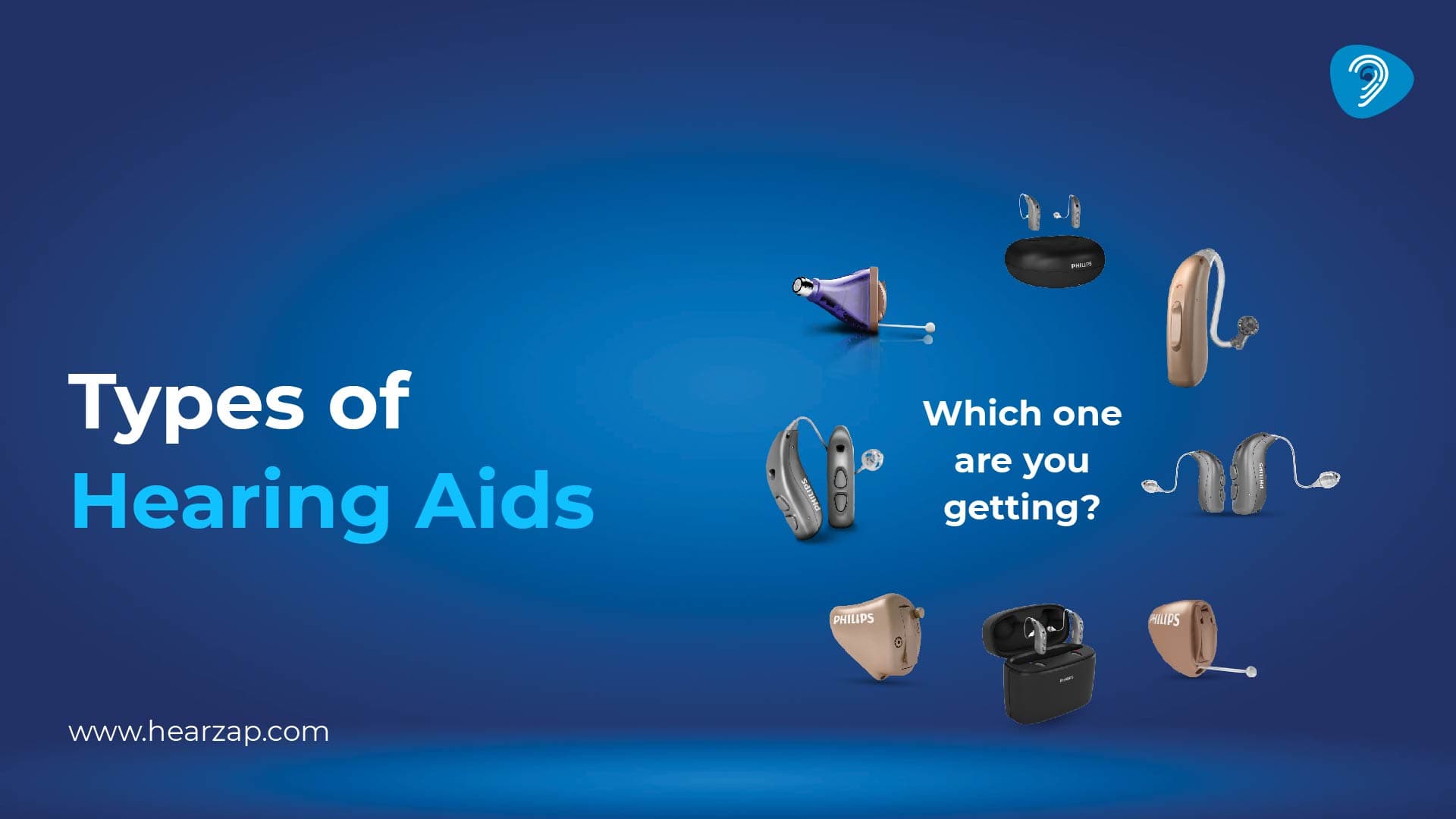
Types of Hearing Aids
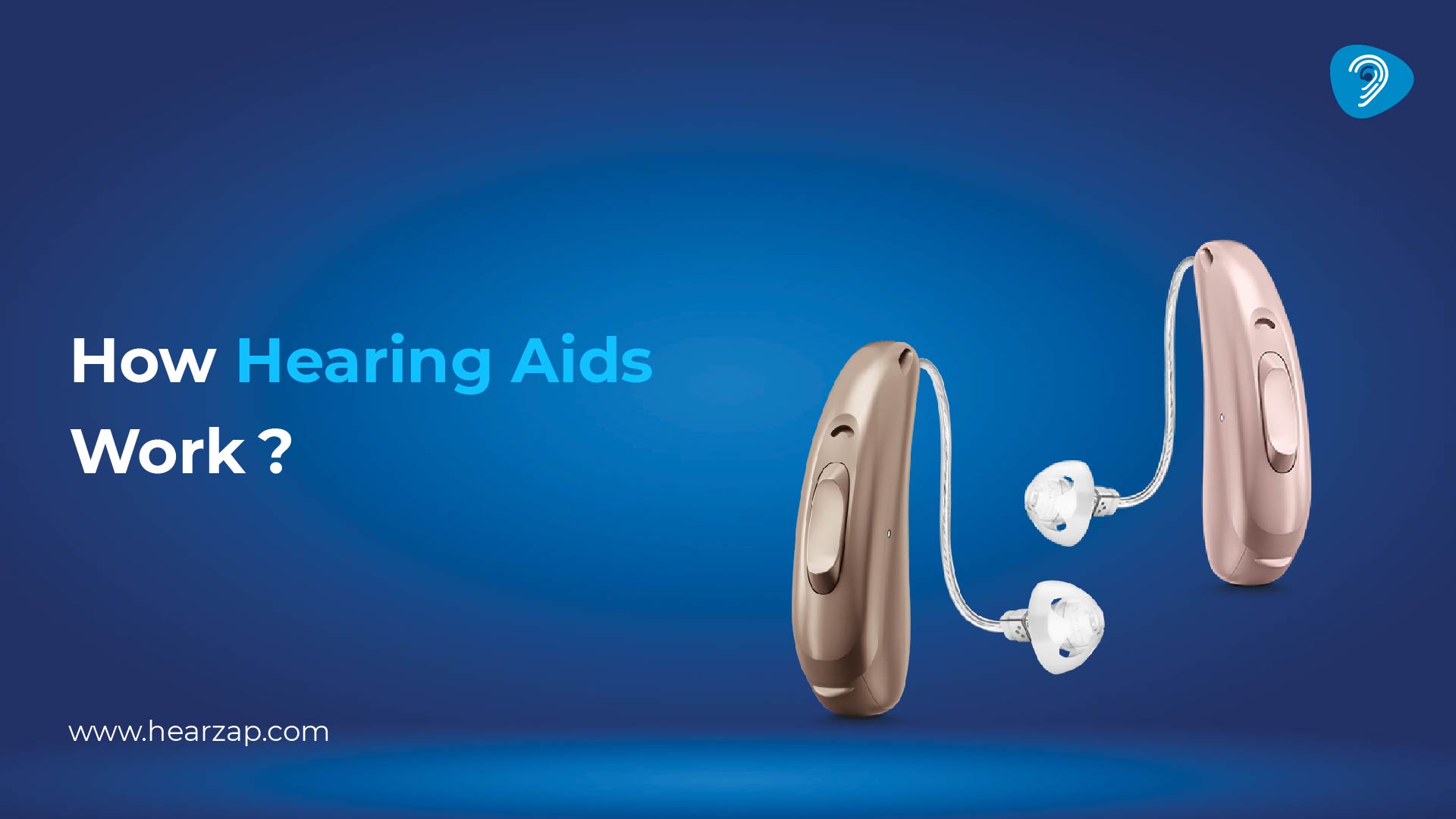
How Hearing Aids Work?
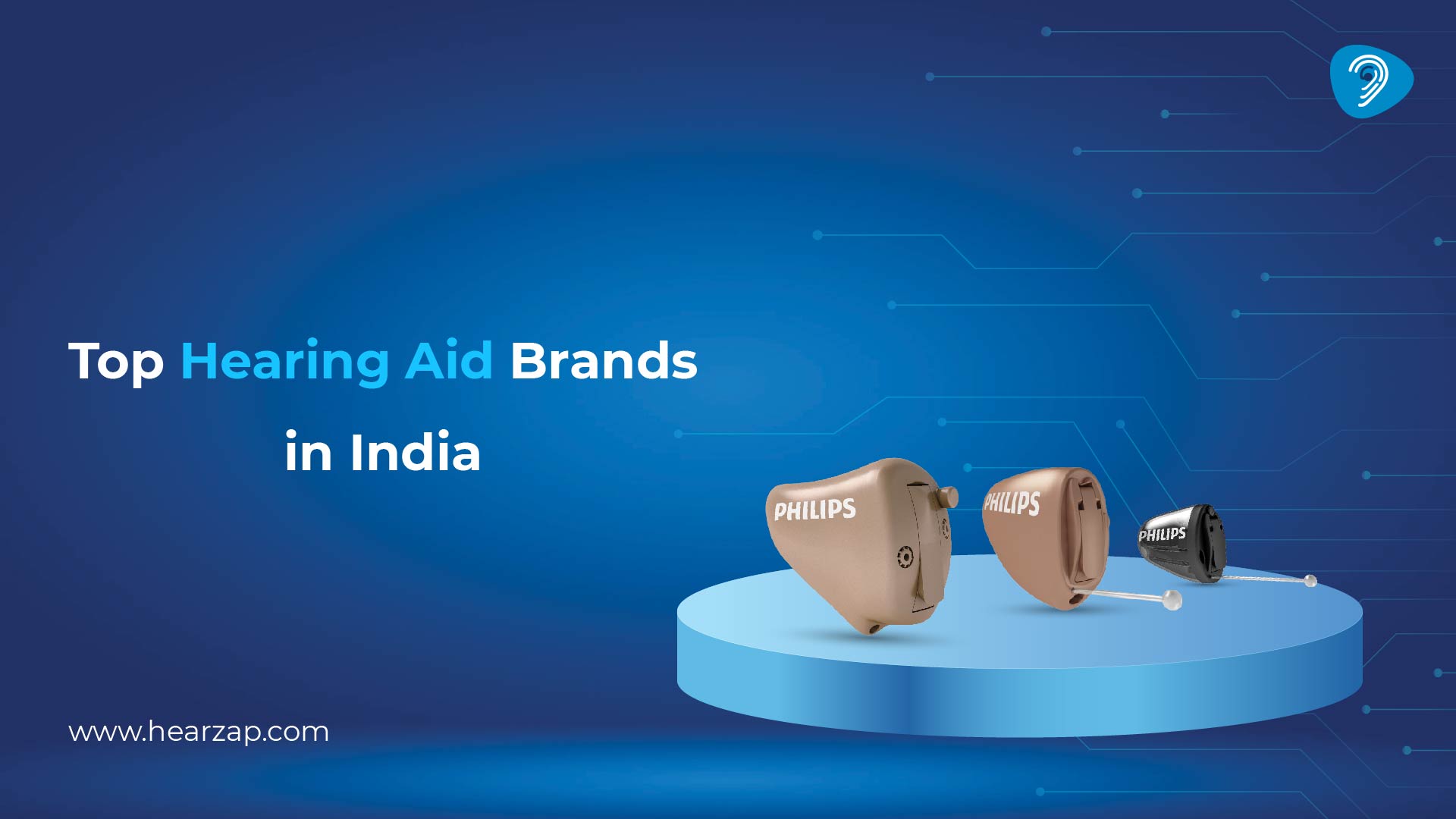
India’s Top 10 Hearing Aid Brands in 2025: Expert Recommendations
Contact us
We are here for all your hearing needs, from hearing tests to hearing aids. Fill out the form below, and we will give you a call soon.
Please enter a valid mobile number with 10 digits.
Recent Blogs
By None | Nov. 28, 2025
By None | Nov. 27, 2025
By None | Nov. 26, 2025
By None | Nov. 24, 2025
By None | Nov. 20, 2025









